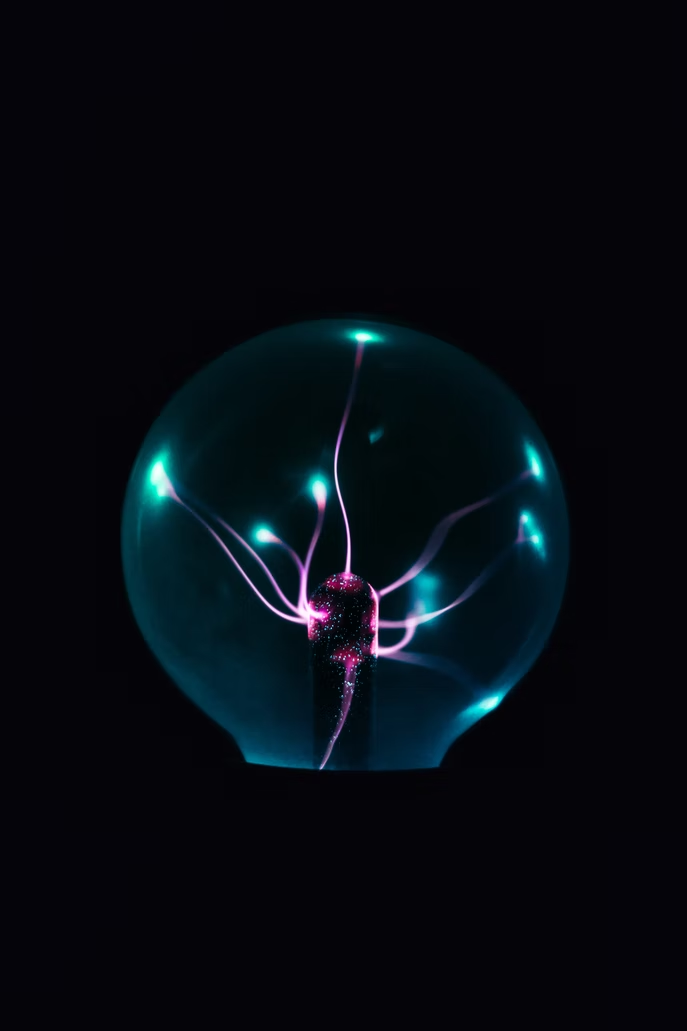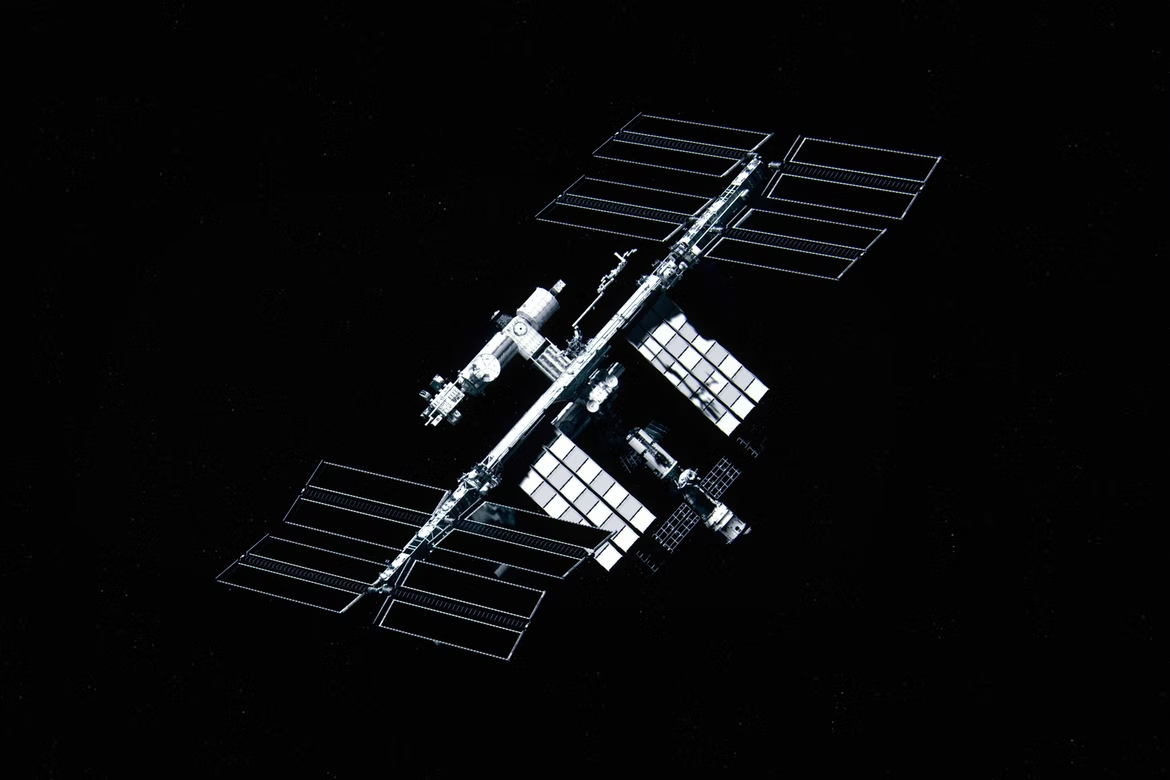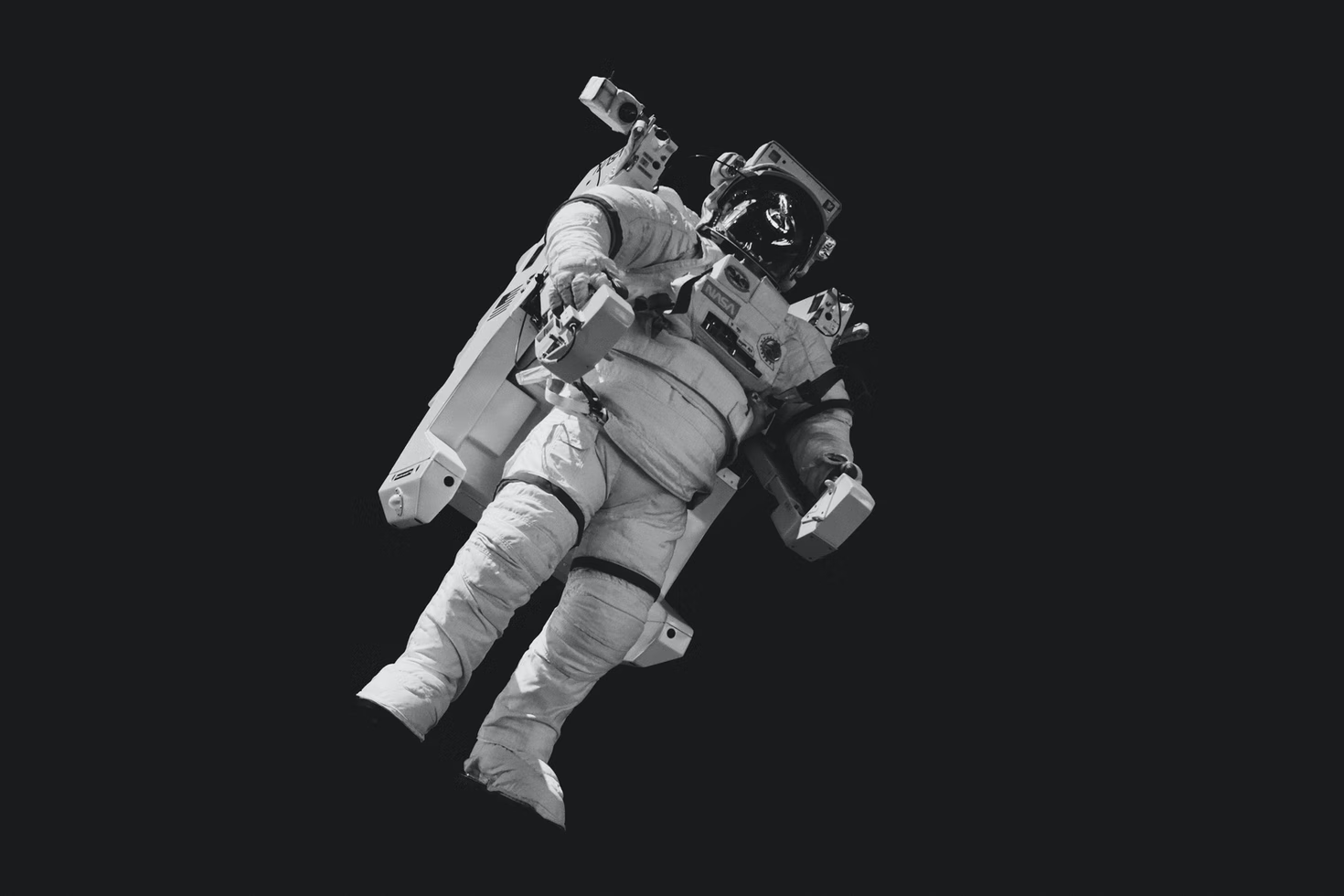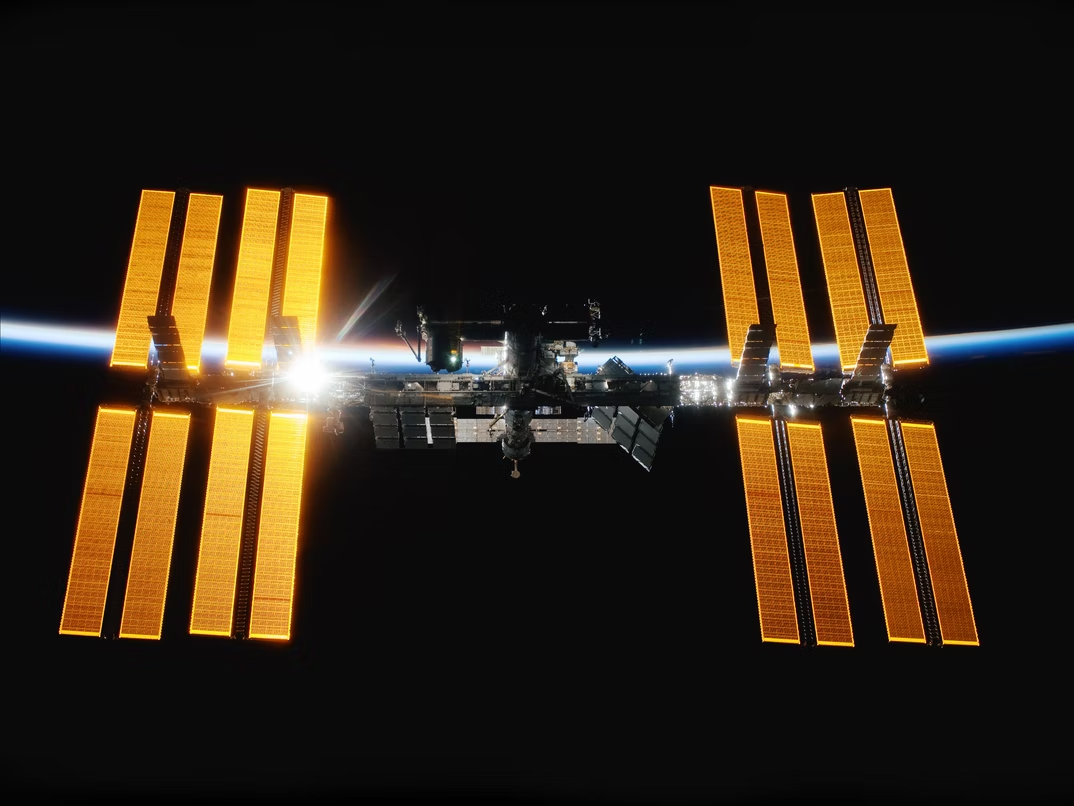Plasma Crystals And Scientific Research In Space
Plasma crystal refers to the newly found ordered state that a colloidal plasma can take under particular conditions. To some extent, this state mimics metals, with the "atoms" represented by highly negatively charged and highly organized colloidal particles and the "electrons" represented by mobile plasma ions and electrons.
Author:Suleman ShahReviewer:Han JuDec 06, 202220 Shares377 Views

Plasma Crystals Research- Plasma crystal refers to the newly found ordered state that a colloidal plasma can take under particular conditions. To some extent, this state mimics metals, with the "atoms" represented by highly negatively charged and highly organized colloidal particles and the "electrons" represented by mobile plasma ions and electrons.
Plasma Crystal were develop during an important experiment lead by the ESA, European Space Agency and it has become in one of the first experiment made in Space with practical applications on Earth.
We will explore in this article the process of the experiment that took place in space and later, a review with possibles uses for plasma crystals and discuss the future of the investigation in this technology.
The Experiment
The plasma crystal experiment "PKE Nefedov," from the Moscow's Institute for High Energy Densities (IHED), and supported by the German (DLR) and Russian (Roskosmos) space agencies, is one of the first natural scienceexperiments onboard the International Space Station (ISS).
In microgravity and space research, the study of complex plasmas in general, and specifically plasma crystals, was a new hot issue.
Monodispers microparticles (polymer spheres of micron size) injected into a low temperature plasma behave very differently when gravity is reduced to around 10-4g than in a ground-based laboratory setting with normal gravity.
The electro-magnetic interaction repels particles from one other while simultaneously attracting them to the plasma discharge's center; the drag force of streaming ions; and the thermophoretic force that tries to push particles out of the discharge are the dominant forces. They discovered an equilibrium in all microgravity experiments that produced a particle-free zone in the middle of the discharge for most experiment settings, the so-called 'void.' A zone where plasma and particles are intermingled surrounds it.
They don't need a particle-free zone because they're studying the plasma-particle interaction. However, because these forces are in equilibrium at the border between plasma and complex plasma, it gives a better understanding of their relative relationship.
Micro-g experiments were first focused on sounding rockets (TEXUS) with 6 minutes of g duration and parabolic flights with 25 seconds of g time. Then they concentrate on experiments onboard the International Space Station, where they have access to many hours of data.
Because it takes several minutes for a complex plasma to crystallize, the benefit of practically infinite microgravity time in space allows us to make significant progress in complex plasma research.
A high frequency (HF) voltage produces a gas discharge in Argon at a few mbar pressure in the PKE-Nefedov experiment, which is made up of a tiny (0.5 liters) plasma chamber. The plasma is injected with monodisperse (equal-sized) microparticles having sizes of 3.4 or 6.8 m. A laser sheet illuminates the particles, which are then studied with two CCD cameras of varying magnification. Video tape recorders are used to capture the pictures captured by the cameras.
The gas pressure and HF power are the two main variables that may be changed during the experiment. A variety of diagnostic sensors were used to check plasma parameters. A link to free space provides the necessary vacuum for the plasma chamber to function. To fulfill the space station's stringent safety requirements, the entire system is housed in a cylindrical aluminum container.
The cosmonauts use a laptop computer to control the experiment and collect video data. The experiment was originally intended to be controlled from the ground ("tele-science"), but due to the failure of a relay satellite, the computer had to be flown into orbit as well.
Cosmonauts ran pre-programmed measurement procedures uplinked to the ISS or carried out the experiments aboard. In the Russian ground control center in Moscow, scientists from MPE and IHED monitor the tests.
Two identical PKE units, each comprising of an experiment container and a telescience unit, were built and passed the space station's necessary quality testing. In Moscow, one unit, known as the training model, is utilized for cosmonaut training. The flying model, on the other hand, was launched from Baikonur to the International Space Station aboard a Russian Progress cargo ship. The telescience unit and the experiment container are stored on the Russian section of the ISS.
Controversy
It is now frequently stated that one does not need to go into space first for uses on Earth. This is absolutely right. If some applications can be carried out on Earth, there is no need to travel to space in theory. This, however, is not how research and innovation work. Some discoveries are made by chance (e.g., penicillin, electricity), othersare made by transferring knowledge from one discipline to another (e.g., tomography), while yet others are simply the result of better technology (e.g. Atomic Force Microscopy).
As a result, some of the findings from space, whether technical advancements or a greater knowledge of physical, chemical, or biological processes in general, will surely make their way into Earth-based applications.
In the case of plasma medicine, it turned out that a thorough understanding of cold plasma physics, dynamics, chemistry, and technology (including miniaturization and related issues learned from years of space research) was crucial in developing a reliable plasma technology platform that is safe for human applications. This is why, over the course of eight years, the Max Planck Network of researchers was able to perform the first and (currently) by far the most extensive and biggest clinical studies, including 379 patients and over 3000 plasma treatments (including follow-up).
What Are The Applications For Plasma Crystals?
Chronic Wounds
The goal was to lower the bacterial burden in chronic wounds in order to avoid re-infection and speed up recovery. The study's objectives were met; plasma-treated wounds did not re-infect, and wound healing was accelerated. There have been no negative side effects observed.
Healing
The goal was to see if plasma therapymay help with acute wound healing. The study covered the treatment of skin graft wounds, and the objectives were met, with wound healing times averaging 15-20% quicker. There have been no negative side effects observed.
Skin Healing And Disease Treatment
The goal was to explore if using plasma to treat Herpes Zoster (Shingles), a viral skin illness, may lessen discomfort and lesions. The study's objectives were met: discomfort and lesions were both greatly decreased. There have been no negative side effects observed.
Other Clinical Uses
The goal was to explore if using plasma to treat Herpes Zoster (Shingles), a viral skin illness, may lessen discomfort and lesions. The study's objectives were met: discomfort and lesions were both greatly decreased. There have been no negative side effects observed.
Although just three components play a role: oxygen, nitrogen, and water vapour, cold atmospheric plasma triggers around 600 non-equilibrium chemical processes in air. To some extent, these chemical processes may be 'directed' to provide primarily antimicrobial or regenerative effects (advancing wound healing).
Conclusion - What Is The Future Of Plasma Crystals Research?
The German Space Agency (DLR) is now funding a project named Proof of Principle to investigate the possibility for cold atmospheric plasmas in space, with backing from the Russian IBMP (Institute for Biomedical Problems) and ESA.
Thus, plasma crystals research, which began in space and is now used in medicine on Earth, could now return to space for the benefit of the astronauts and cosmonauts who carried out the original fundamental space experiments and will undoubtedly continue the pioneering activities on humanity's greatest and most challenging peaceful frontier.

Suleman Shah
Author
Suleman Shah is a researcher and freelance writer. As a researcher, he has worked with MNS University of Agriculture, Multan (Pakistan) and Texas A & M University (USA). He regularly writes science articles and blogs for science news website immersse.com and open access publishers OA Publishing London and Scientific Times. He loves to keep himself updated on scientific developments and convert these developments into everyday language to update the readers about the developments in the scientific era. His primary research focus is Plant sciences, and he contributed to this field by publishing his research in scientific journals and presenting his work at many Conferences.
Shah graduated from the University of Agriculture Faisalabad (Pakistan) and started his professional carrier with Jaffer Agro Services and later with the Agriculture Department of the Government of Pakistan. His research interest compelled and attracted him to proceed with his carrier in Plant sciences research. So, he started his Ph.D. in Soil Science at MNS University of Agriculture Multan (Pakistan). Later, he started working as a visiting scholar with Texas A&M University (USA).
Shah’s experience with big Open Excess publishers like Springers, Frontiers, MDPI, etc., testified to his belief in Open Access as a barrier-removing mechanism between researchers and the readers of their research. Shah believes that Open Access is revolutionizing the publication process and benefitting research in all fields.

Han Ju
Reviewer
Hello! I'm Han Ju, the heart behind World Wide Journals. My life is a unique tapestry woven from the threads of news, spirituality, and science, enriched by melodies from my guitar. Raised amidst tales of the ancient and the arcane, I developed a keen eye for the stories that truly matter. Through my work, I seek to bridge the seen with the unseen, marrying the rigor of science with the depth of spirituality.
Each article at World Wide Journals is a piece of this ongoing quest, blending analysis with personal reflection. Whether exploring quantum frontiers or strumming chords under the stars, my aim is to inspire and provoke thought, inviting you into a world where every discovery is a note in the grand symphony of existence.
Welcome aboard this journey of insight and exploration, where curiosity leads and music guides.
Latest Articles
Popular Articles


